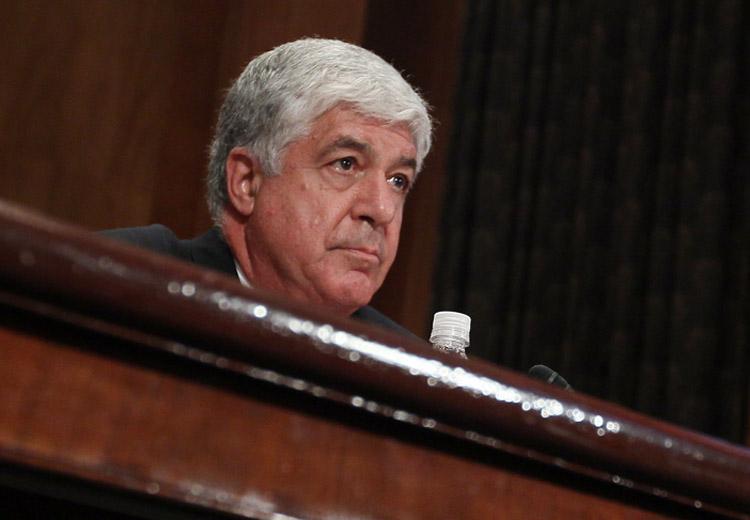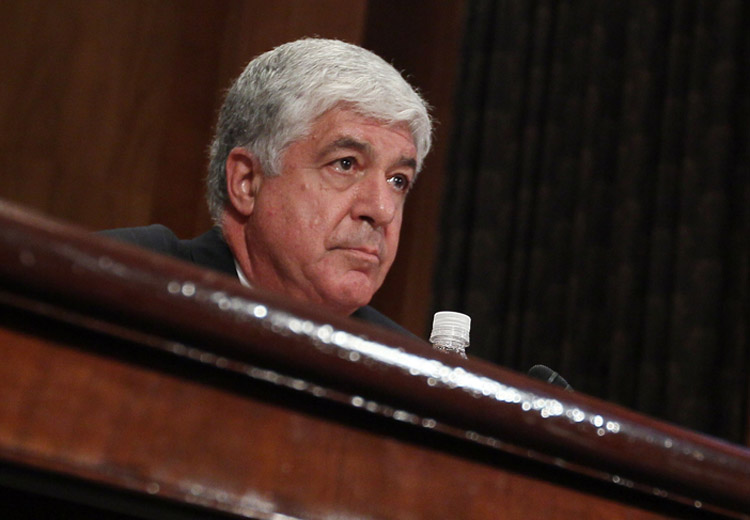American International Group Inc. (AIG), thought to be on the verge of being dismantled during the height of the economic meltdown, has survived and is pulsating strongly.
“At AIG, the crisis is over. We are well on our way to achieving a complete turnaround, a feat that many believed, even a year ago, was impossible. ... Not bad for a company that some believed would sink quietly into U.S. business history,” said Robert H. Benmosche, president and CEO at AIG, in a February letter to shareholders.
In 2011, AIG paid the U.S. government about $45 billion. Benmosche stated in his letter that the U.S. government is no longer holding AIG debt, but continues to be AIG’s majority shareholder.
The U.S. government extended $182 billion to AIG, and of that amount, $21 billion was not used. To date, AIG still owes about $9 billion in interest payments, and U.S. taxpayers still hold 70 percent of AIG common stock, which amounts to about $36 billion.
AIG announced that it has paid the U.S. Treasury $1.5 billion one year earlier than required. “This $1.5 billion payment is a milestone—it retires the Treasury’s interest in the AIA SPV and it reduces total outstanding assistance more than 75 percent,” said Benmosche in a March 22 announcement.
AIG Galvanized After Surviving Crisis
American International Group Inc. (AIG), thought to be on the verge of being dismantled during the height of the economic meltdown, has survived and is pulsating strongly.

Robert Benmosche, president and CEO of American International Group (AIG), participates in a Congressional Oversight Panel hearing on Capitol Hill, on May 26, 2010. Mark Wilson/Getty Images
|Updated:





